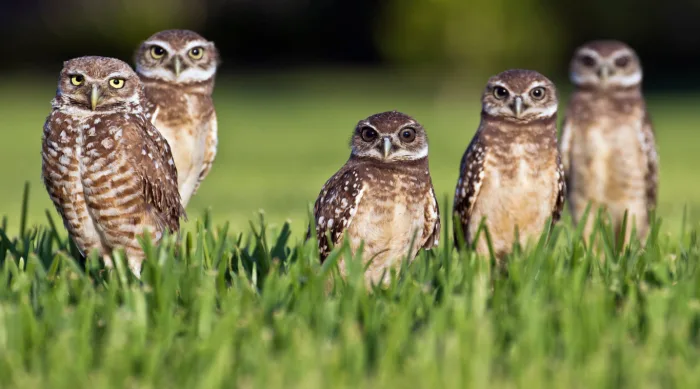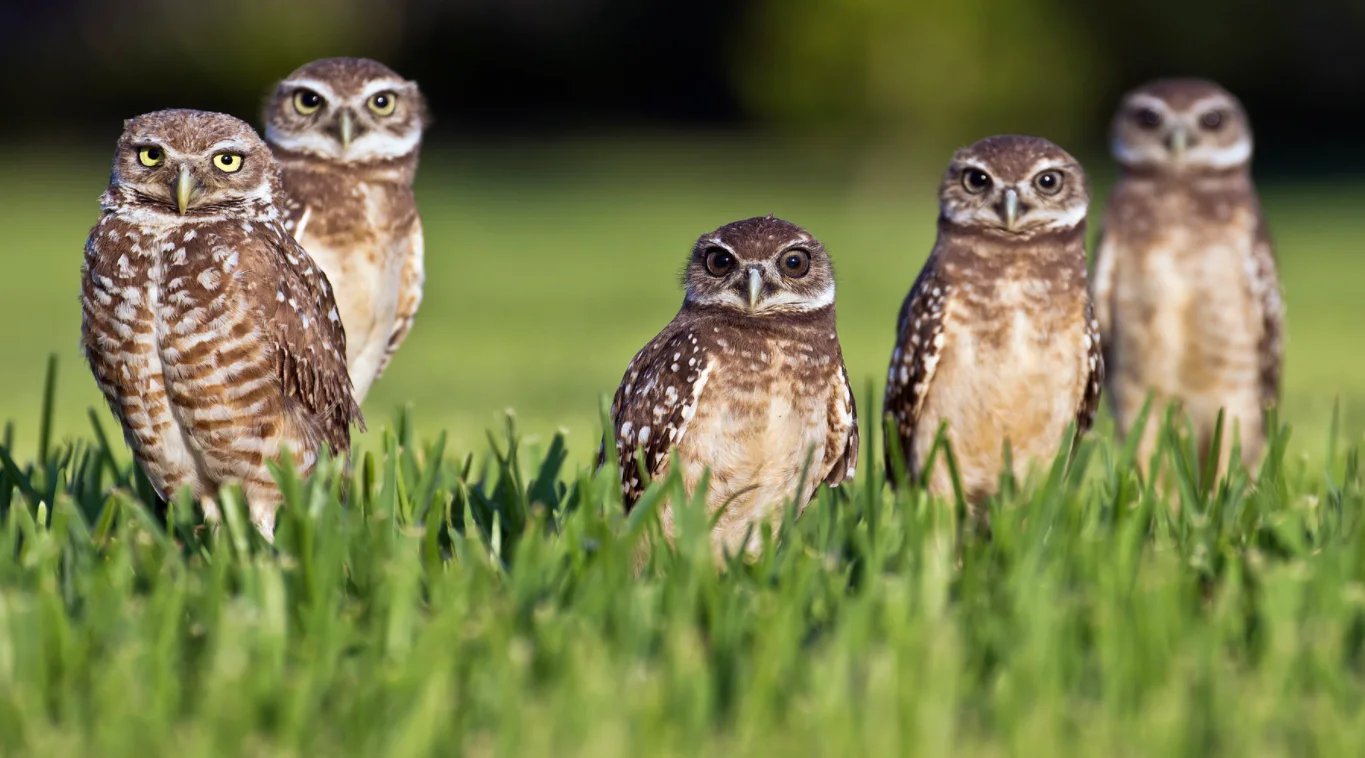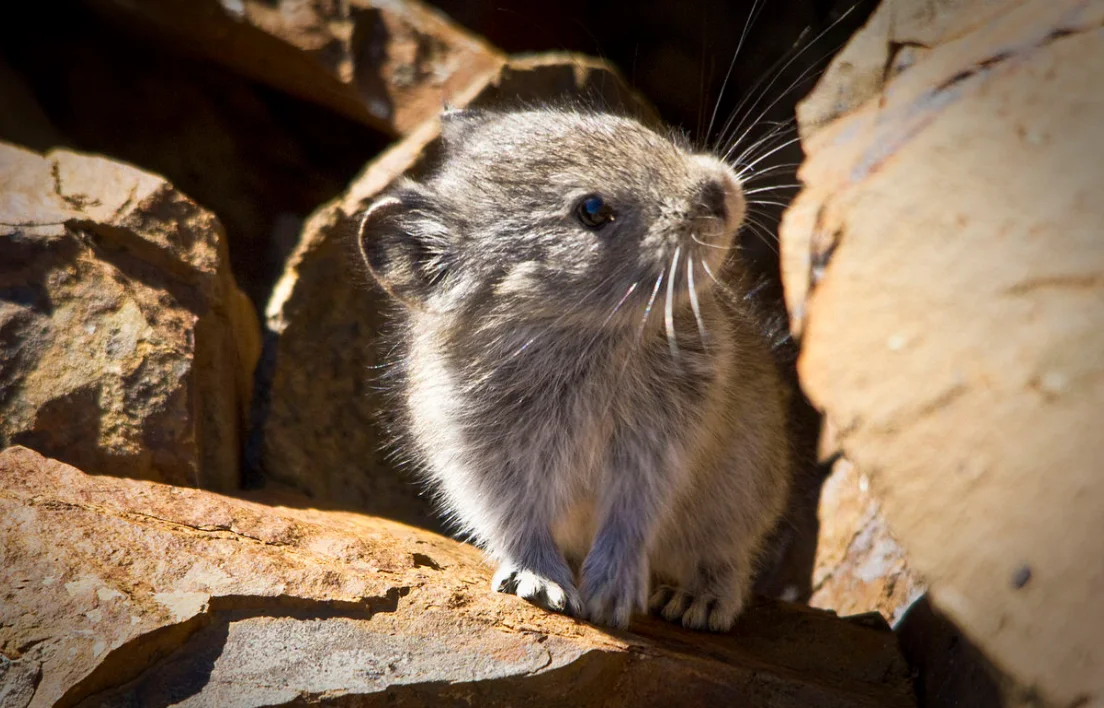
WWF report finds sharp decline in biodiversity, Canada in 'crisis'
At-risk species in Canada include the leatherback sea turtle and wood turtle, the collared pika, Atlantic walrus, burrowing owl, and the north Atlantic right whale, among others.
Between 1970 and 2016, the world's biodiversity sharply declined, according to a September 2020 report by the World Wildlife Foundation.
Over 36 years, mammal, fish, bird, reptile, and amphibian species declined an average of 68 per cent. Latin American and Caribbean populations have seen the sharpest drop, with an average decline of 94 per cent, as well as freshwater species worldwide, which has shrunk by 84 per cent.
BIODIVERSITY IN CANADA
Last week, WWF released a separate Living Planet report focusing exclusively on Canada-- and the findings paint a dire picture of the country's future.
"Wildlife declines are happening here too," James Snider, WWF-Canada's Vice President of Science, Knowledge, and Innovation tells The Weather Network in an email.
"Species of global conservation concern – those at risk of global extinction – declined in Canada by an average 42 per cent in that same period."
At-risk species in Canada include the leatherback sea turtle and wood turtle, the collared pika, Atlantic walrus, burrowing owl, and the north Atlantic right whale, among others.

Southern burrowing owls. Courtesy: Wikipedia.
THE HUMAN FACTOR
According to the report, human activity -- including urbanization, global trade, and pollution -- is the "one underlying cause" behind the population declines in Canada and elsewhere.
"The most important direct driver for loss of biodiversity is land-use change, particularly the conversion of pristine native habitats, like forests, grasslands, and mangroves, into agricultural systems," the WWF says in a statement.
"And while globally, climate change is not yet the greatest driver of biodiversity loss, the report states that in the coming decades, climate change will become as, or more important than, other drivers."

Atlantic walruses. Courtesy: Andrew Shiva/Wikipedia.
REVERSING THE TREND
There is, however, a glimmer of hope.
Modeling predicts the destructive trend can be flattened and possibly reversed if humanity is willing to change its ways, particularly around food production and consumption, by taking a more aggressive stance against climate change and by investing in nature conservation.
"If you're looking for a small action you can do at home, consider growing a native plant garden, which benefits insects like the monarch butterfly and bird species," Snider says.
"Individuals can also help build engagement and support for strong government and industry actions to key environmental policies, like building our protected areas network."

A collared pika. Courtesy: NPS/Jacob W. Frank/Wikipedia.
OTHER WAYS TO HELP
Everyday actions can have a long-lasting impact. Simple changes -- like reducing plastic waste, conserving energy, and taking mass transit when possible -- can reduce carbon emissions and pollution if adopted widely and consistently.
In the coming weeks, world leaders will meet at the UN General Assembly to discuss several topics, inlcuding climate conservation.
"It is a moment where we need global leadership from countries like Canada to show the ambition and action required to reverse the decline of wildlife," Snider says.
"We can also make a big difference by asking governments to take meaningful and ambitious action to reach our climate and biodiversity goals – to reach a 1.5 °C future and to reverse wildlife decline."
Visit WWF and WWF Canada to read the Living Planet reports.
